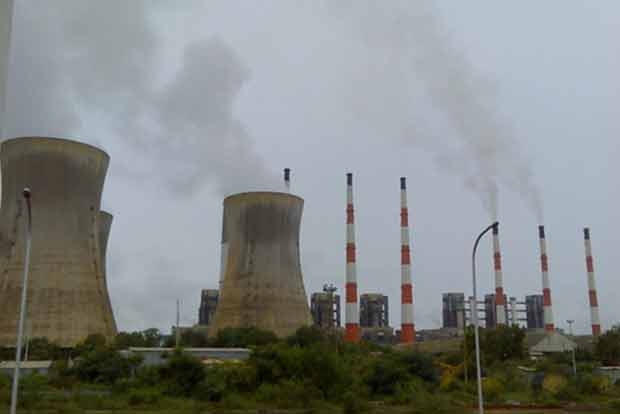Begin typing your search...
Editorial: Decarbonising on an equitable scale
The future of the planet is perched on a tipping point in the run-up to the 26th meeting of the United Nations Conference of Parties (CoP 26), which begins in Glasgow on October 31.

Chennai
The aim is to get its member nations to commit to the goal of net zero, a year by when a nation’s fossil fuel emissions will peak, and subsequently be neutralised by taking out excess carbon from the atmosphere. Back in 2015, over 190 countries pledged to limit global warming to 1.5 degree Celsius, above pre-industrial levels. UK and France have already put in place legislation to achieve the net zero target by 2050. The actions of these nations to hit the goals of the Paris Agreement and the UN Framework Convention on Climate Change have put India in a tight spot, considering that it is the third-largest emitter of greenhouse gases (GHGs) globally, right behind the US and China.
However, India hasn’t favoured the idea of adhering to the deadline for many reasons. Committing to the net zero target will require the nation to retire coal plants and the usage of fossil fuels overnight, which is impossible. And even if India manages to do so, there is no assurance that the temperature rise will be limited to 1.5 degree Celsius. India depends heavily on coal supplies for its energy needs, a phenomenon highlighted earlier this month, when several states began experiencing power cuts, and the blame was passed to the shortage of coals that fuel the thermal power plants.
Providing a nation of 1.3 bn with uninterrupted energy, while keeping prices affordable is no small task. The Electricity Act of 2003 was instrumental in ensuring that the generation capacity of India’s installed coal-fired thermal power plants (TPP) more than doubled from 94 GW to 192 GW between 2011 and 2017. The boost in installed capacity prompted the Centre to increase the per capita consumption of electricity by 37%, which is one-third of the global average. At 972 kWh per person per year, our electricity consumption is just 8% of the quantum the US consumes and 18% of what China consumes.
So how do world leaders address this when nations responsible for the climate crisis are yet to deliver on their previous promises? A case in point is their provision of $100 bn to developing countries that will help mitigate the impact of climate change, facilitate technology transfer, as well as put in place a framework to activate the carbon credit markets. India’s goal to achieve net zero, even by the year 2070, will necessitate the usage of coal, mainly for generating power to peak by the year 2040, and subsequently drop by 99% in a span of 20 years, i.e. between 2040-2060. A similar progression will be required in the crude oil space, with consumption peaking by 2050, and dipping by 90% between 2050-2070. India has a tall order with its mission to decarbonise. Substantial investments must go into renewable sources of energy, such as solar power. From current levels of 100 GW, we need to scale up the solar infra to 5,600 GW by 2070. We must decouple from fossil fuels, a task even more daunting in the face of rising fuel prices, the absence of adequate public transport in many cities, and the high cost of transition to electric vehicles.
These shifts must take place even as India battles the impact of climate change on its people and its economy, as witnessed in the recent floods in Kerala and the landslides in Uttarakhand. A recent UN report mentions how developed nations have managed to remove significant mentions of losses and damages resulting from climate change. These nations in turn refuse to acknowledge the negligible contribution of developing nations to the climate crisis. Bottom line is, if leadership needs to come from the top, then the developed nations must own up to their responsibilities towards the global south, vis-a-vis climate change, and get cracking on their nationally determined contributions (NDCs) on a war footing.
Visit news.dtnext.in to explore our interactive epaper!
Download the DT Next app for more exciting features!
Click here for iOS
Click here for Android
Next Story



